

Chapter One
Childhood and Early Adult Years
Unless otherwise noted, all images are from the Boyd B. Stutler Collection


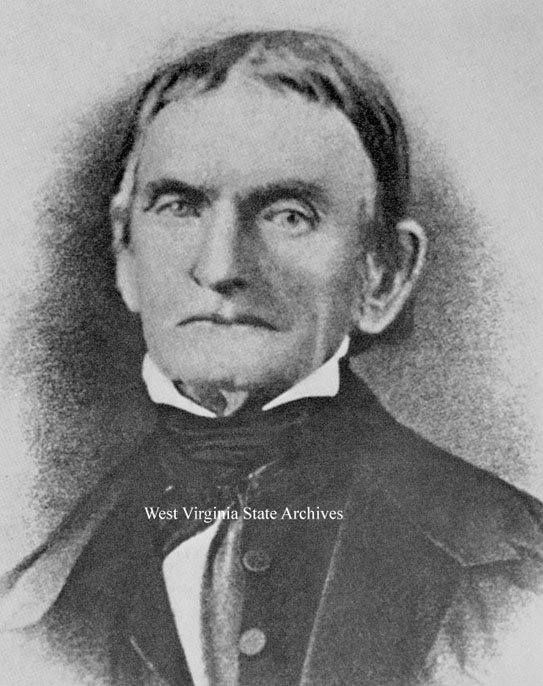 |
John Brown was born May 9, 1800, on a farm in Torrington, Connecticut. His parents, Owen and Ruth Mills Brown, were descendants of old New England stock and Congregationalists from a strict Calvinist tradition. Owen was a tanner and shoemaker by trade. | 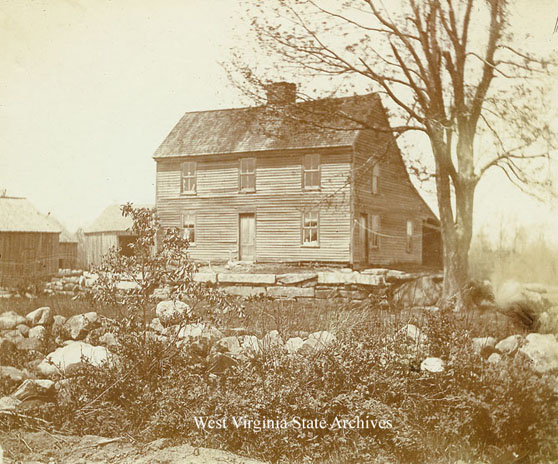 Torrington, Connecticut |
| John Brown's schooling in Hudson was sporadic, interspersed with work at his father's tannery, but included brief stays in Massachusetts and Connecticut in his teens. He soon returned to Hudson, however, and took up the tannery business, first at his father's tannery and then at one he established with adopted brother Levi Blakeslee. On June 21, 1820, John Brown married Dianthe Lusk. The couple would have seven children, five of whom (John Jr., Jason, Owen, Ruth, and Frederick) would reach adulthood. |
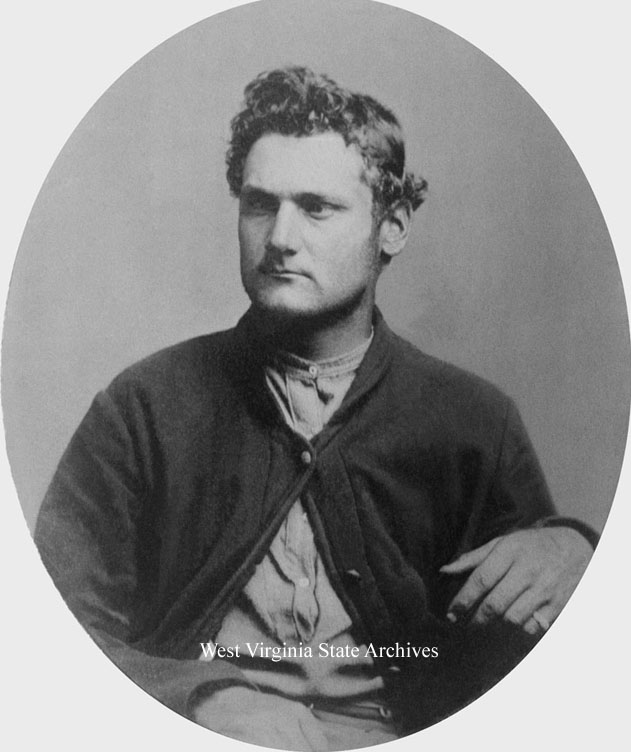 1840s |
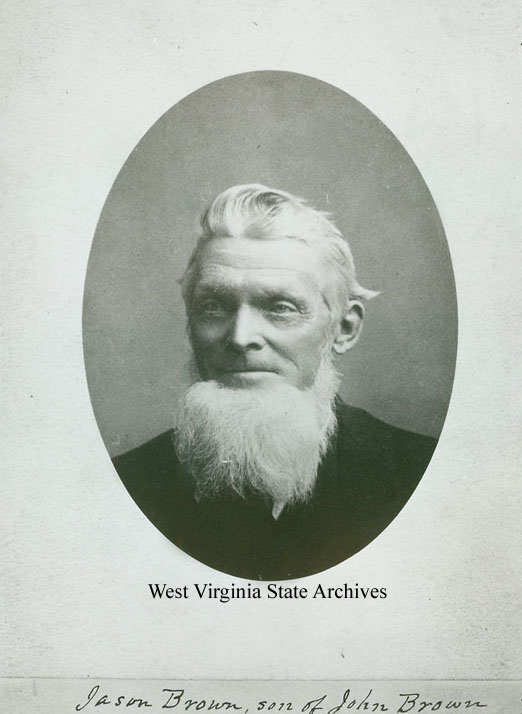 (older) |
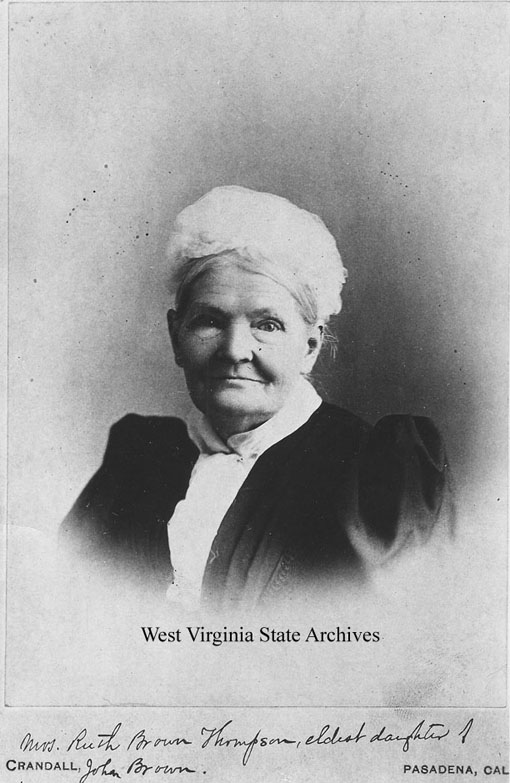 (older) |
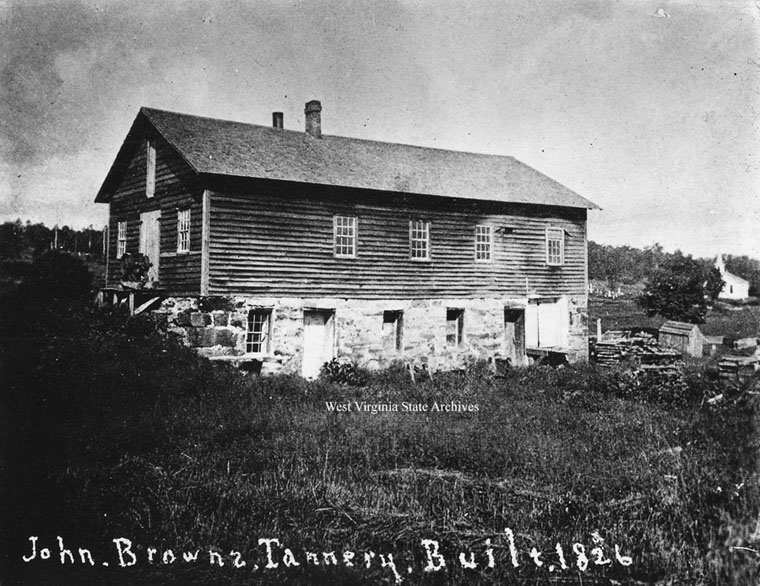 |
In 1826, John and Dianthe Brown moved their family to Crawford County in northwestern Pennsylvania. There, he continued in the tanning business, served as New Richmond postmaster 1828-1835, and opened a school for his and his neighbor's children. Dianthe died in 1832 following the birth of her seventh child, and on July 11, 1833, John Brown married Mary Ann Day. Thirteen children were born between 1834 and 1854 to that marriage, with six (Watson, Salmon, Oliver, Anne, Sarah, and Ellen) reaching adulthood. |
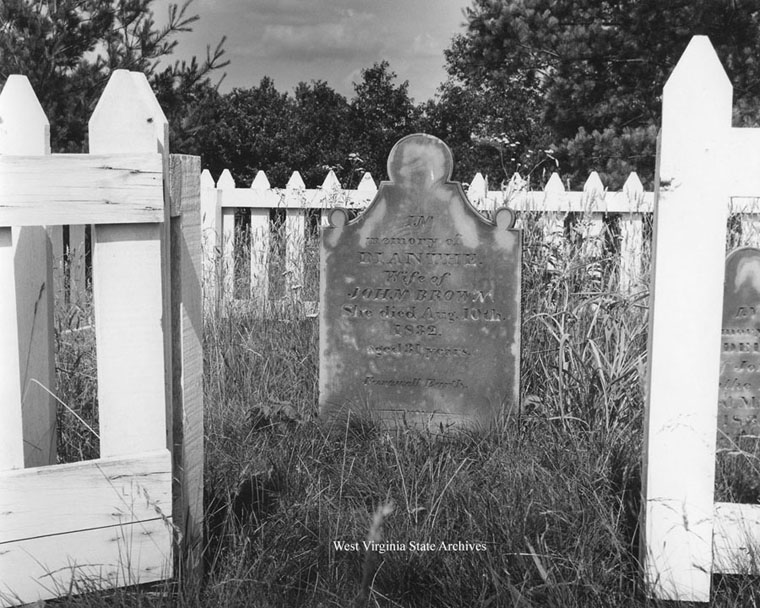 |
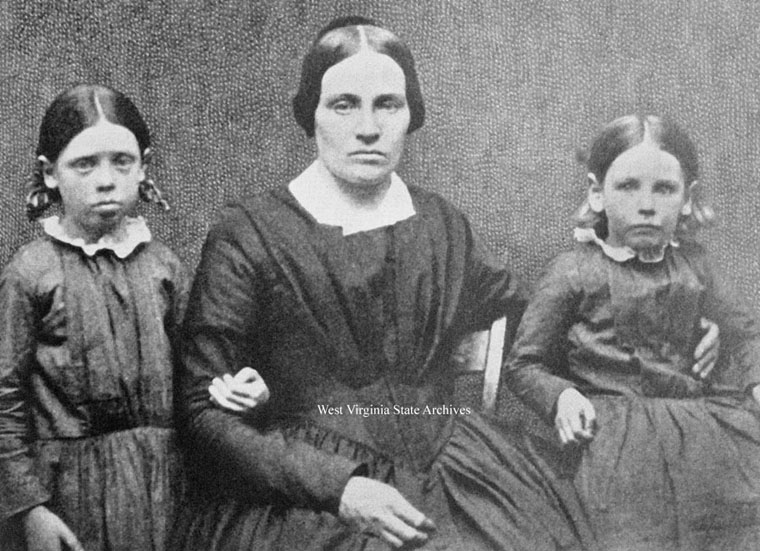 with daughters Annie and Sarah |
 |
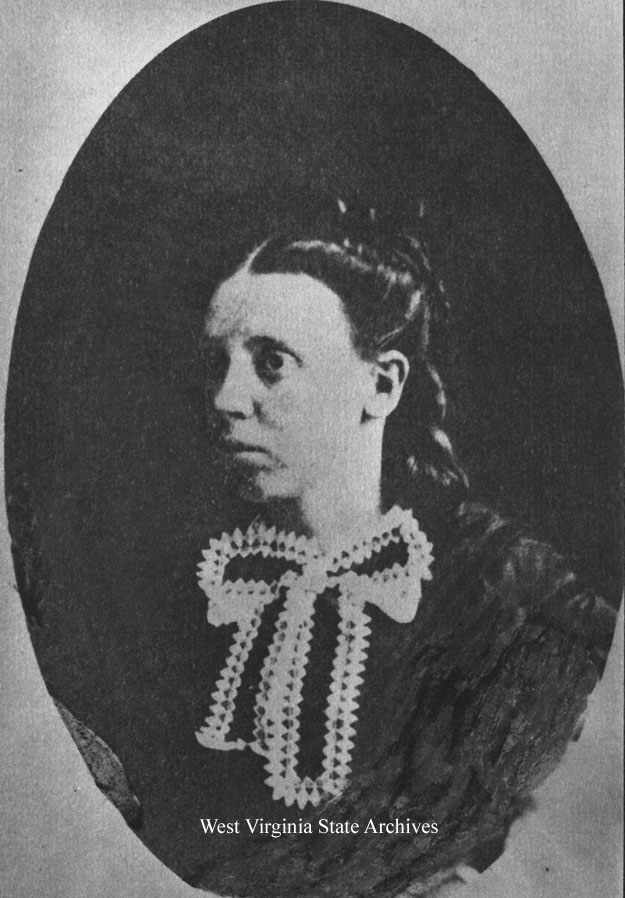 |
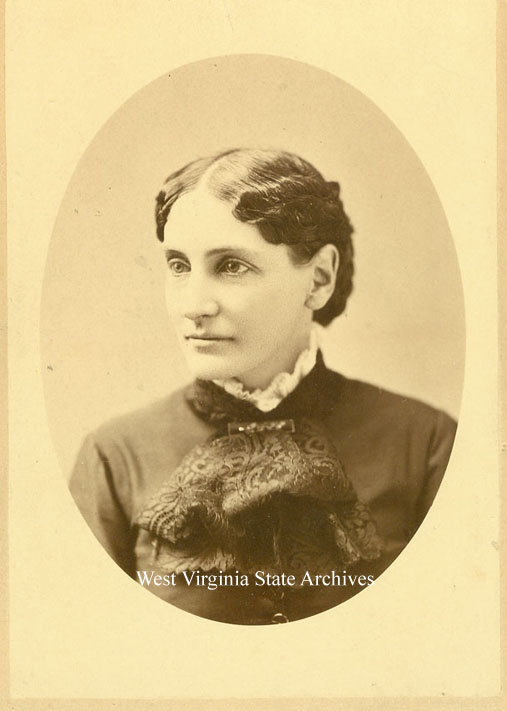 |
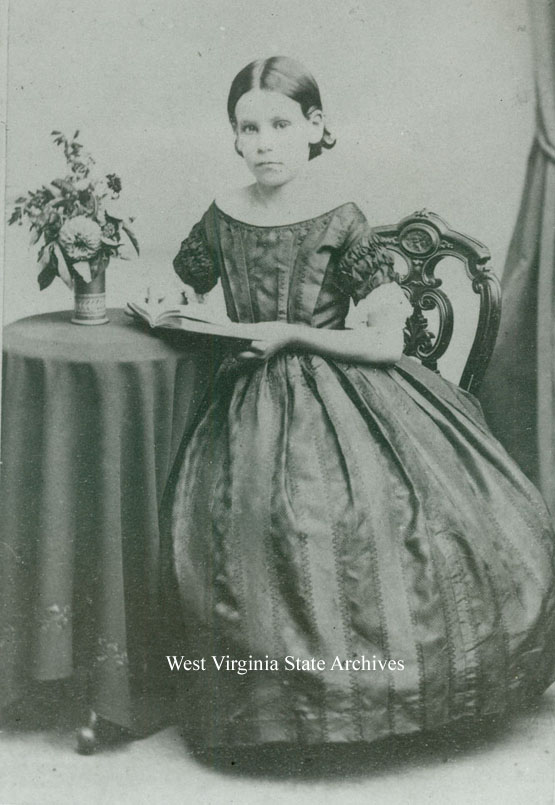 |
John Brown was struggling financially by the 1830s, and he moved back to the Hudson, Ohio, area in 1835, expecting to partner with Zenas Kent in the tanning business. Over the next few years, Brown engaged in a number of activities: He built a tannery in Franklin Mills for Kent, speculated in land in Franklin Mills and Hudson, co-founded a cattle company and made two cattle drives, surveyed lands in western Virginia for Oberlin College, and worked as a tanner and shepherd. His financial situation only grew worse as his debts mounted and he faced several lawsuits. In September 1842, Brown was declared bankrupt and was left with only the household and kitchen furniture, some books, a few animals, and clothing.
| "I feel assured that notwithstanding God has chastised us often, & sore; yet he has not himself entirely withdrawn from us, nor forsaken us utterly. The sudden, & dreadful manner in which he has seen fit to call our dear little Kitty [daughter Amelia] to take her leave of us, is I kneed [sic] not tell you how much on [my] mind; but before Him; I will bow my head in submission, & hold my peace." - John Brown to Mary Ann, November 29, 1846, Boyd B. Stutler Collection |  |
John Brown with his wife Mary Ann and twelve children had moved to nearby Richfield earlier in 1842 after Brown entered into a business relationship with Heman Oviatt. Misfortune followed him there, however. In September 1843, after the family became ill with dysentery, four of John and Mary Ann's children:Sarah, Charles, Peter, and Austin:died. "This has been to us all a bitter cup indeed," John Brown wrote his son John Jr., then at the Grand River Institute in Austinburg, Ohio. The four children were buried in the cemetery in Richfield, accompanied by a religious marker inscription purportedly written by their father: |
